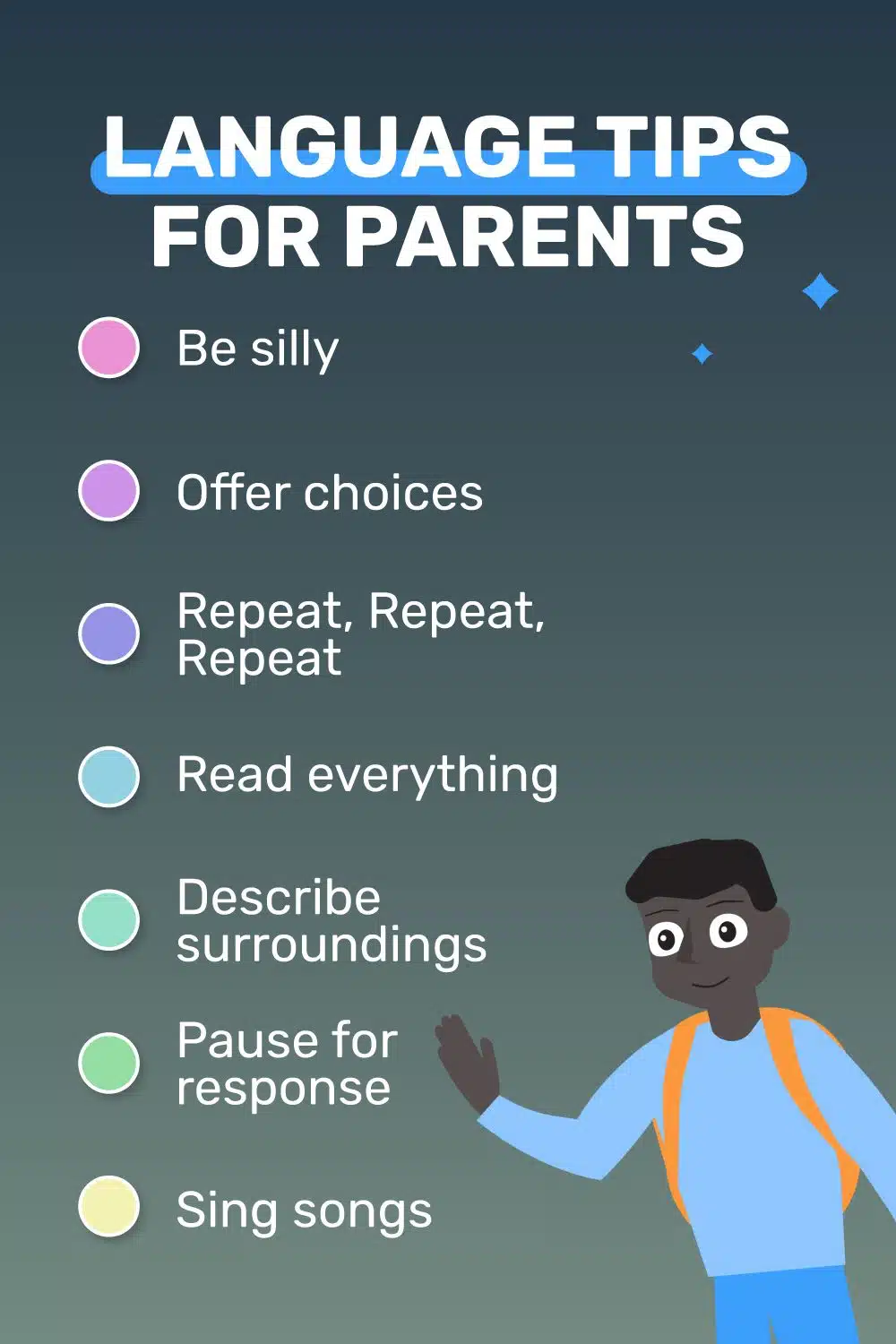Meet Susie, a vibrant child with Autism Spectrum Disorder (ASD). Her parents, Maria and Carlos, embrace bilingualism for her language development. Here’s a glimpse into Susie’s journey:
- Multicultural background: Maria speaks English, while Carlos speaks Spanish. They use both languages at home.
- Early exposure: Susie is immersed in English and Spanish from an early age.
- Language milestones: Susie learns to understand and respond in both languages as she grows.
- Preferences: Susie has language preferences and expresses herself comfortably in certain words or phrases.
- Bridging gaps: Maria and Carlos use visual supports like picture schedules and bilingual social stories to aid communication.
- Cultural connections: Bilingualism helps Susie connect with her cultural heritage, participate in events, and appreciate traditions.
- Supportive community: Susie joins bilingual playgroups and interacts with other children with ASD.
- Individual progress: Susie’s language skills improve over time, showcasing her bilingual abilities.
Through bilingualism and understanding her needs, Maria and Carlos create an inclusive environment where Susie’s language development flourishes. Her journey highlights the positive impact of bilingualism on children with ASD, fostering communication, cultural connections, and a sense of belonging.














